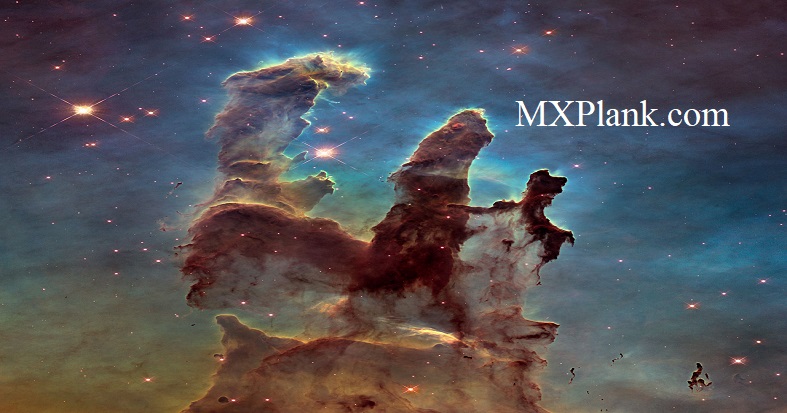
The NASA/ESA Hubble Space Telescope has revisited one of its most iconic and popular images: the Eagle Nebula's Pillars of Creation. This image shows the pillars as seen in visible light, capturing the multi-coloured glow of gas clouds, wispy tendrils of dark cosmic dust, and the rust-coloured elephants' trunks of the nebula's famous pillars.

Researchers using a suite of telescopes including the NASA/ESA Hubble Space Telescope have spotted a supermassive black hole blowing huge bubbles of hot, bright gas - one bubble is currently expanding outwards from the black hole, while another older bubble slowly fades away. This cosmic behemoth sits within the galaxy at the bottom of this image, which lies 900 million light-years from Earth and is known as SDSS J1354+1327. The upper, larger, galaxy is known as SDSS J1354+1328.

This image, taken with the Advanced Camera for Surveys aboard the NASA/ESA Hubble Space Telescope, shows the newly discovered planet, Fomalhaut b, orbiting its parent star, Fomalhaut.The small white box at lower right pinpoints the planet's location. Fomalhaut b has carved a path along the inner edge of a vast, dusty debris ring encircling Fomalhaut that is 34.5 billion kilometres across. Fomalhaut b lies three billion kilometres inside the ring's inner edge and orbits 17 billion kilometres from its star.

Just weeks after NASA astronauts repaired the Hubble Space Telescope in December 1999, the Hubble Heritage Project snapped this picture of NGC 1999, a nebula in the constellation Orion